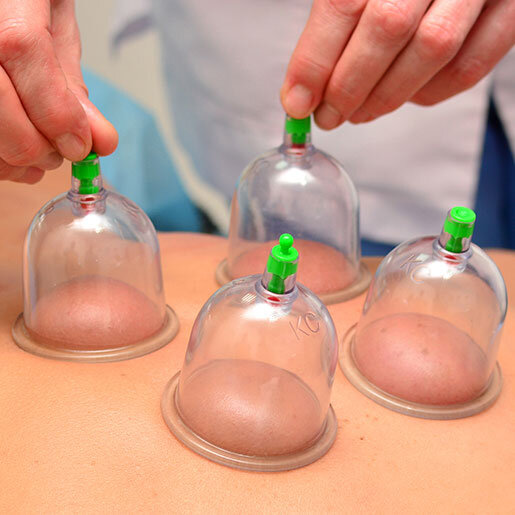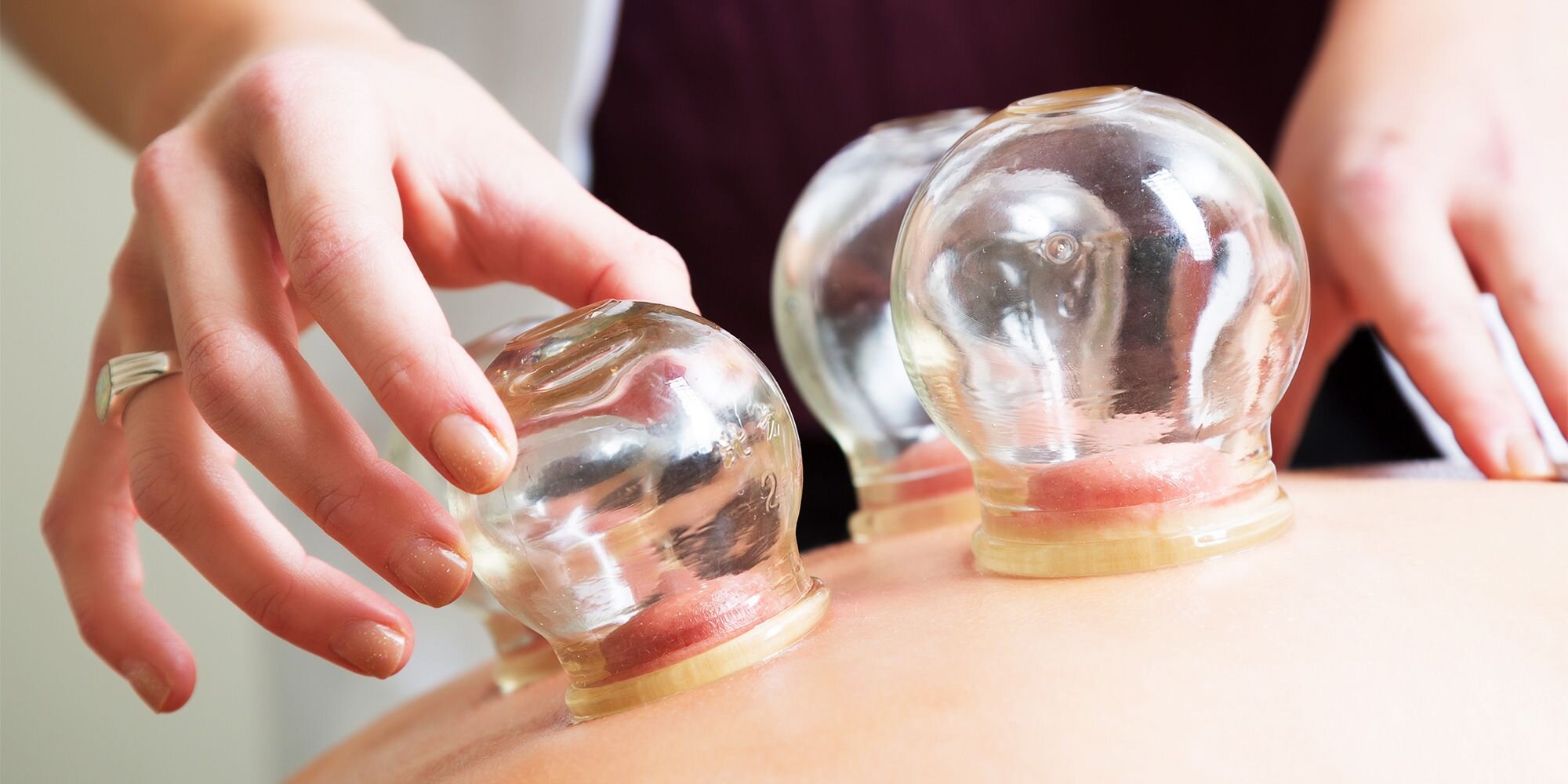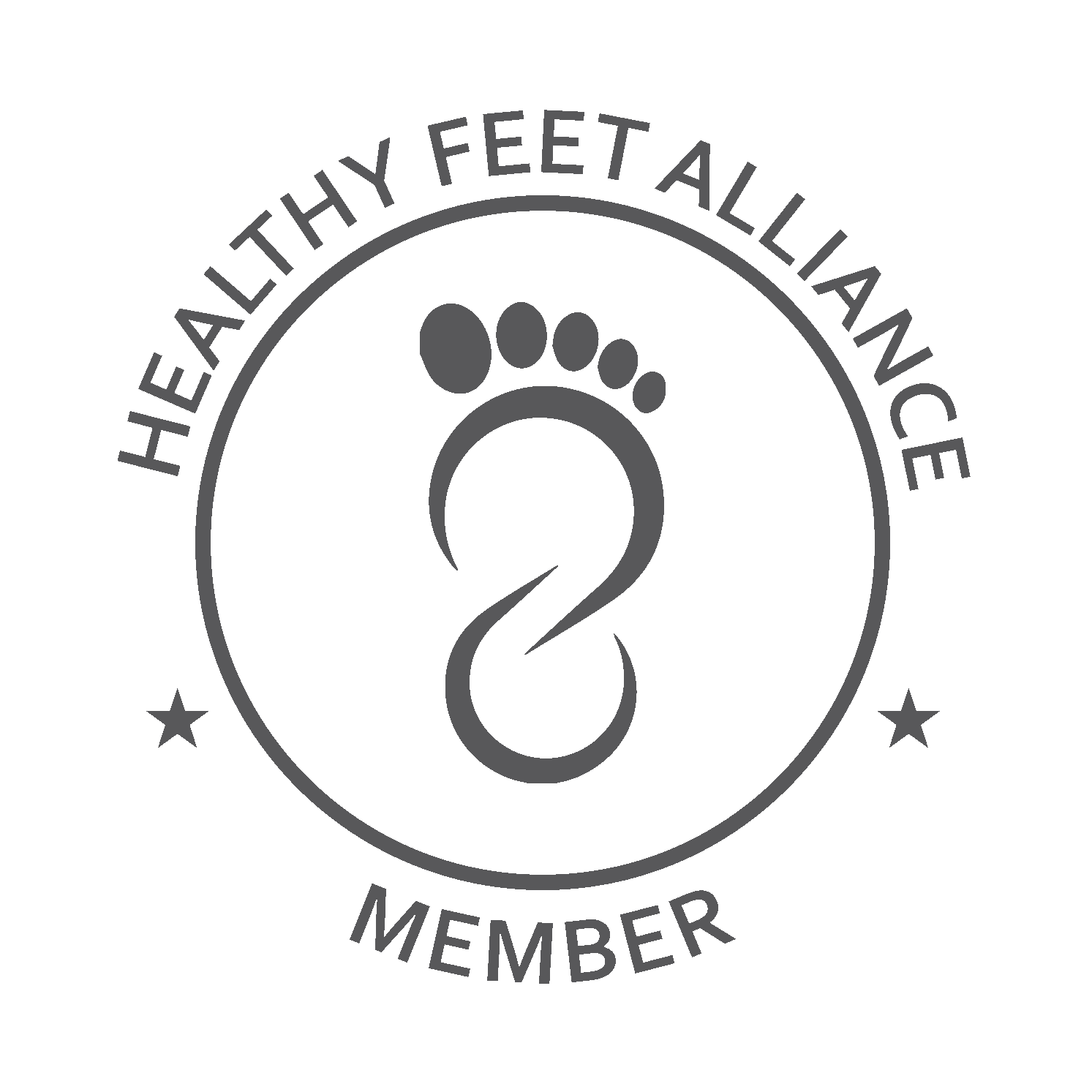You probably have had a curious look on your face when watching sports on TV, or even meeting with friends, and you see these circular areas of bruising on their bodies. What happened? What did they do?
Well, in fact, they asked for it. This is called "Cupping", and it is a modified version of a traditional Chinese medical treatment.
Various rehabilitation specialists do it, including Chiropractors, Physiotherapists, and Massage Therapists in order to help to break down rigid tissue (muscle and fascia), and assists in the release of excess fluids and toxins. It also promotes blood flow and can help improve range of motion. The process involves the therapist putting special cups on your skin for a few minutes to create suction.
The process uses negative pressure (suction) to lift the soft tissues of the body. This is “not” fire cupping. Generally, patients get cupping for many purposes, including to help with pain, inflammation, blood flow, relaxation, and well-being, and as a type of deep-tissue massage.
After a session, the cups may leave circular bruises or bruise-like marks on your treated areas. The color and pattern of the marks depend on the level of stagnation in the area and can range from a bright red to a dark purple, usually lasting 3 days to a week, sometimes a bit longer.
Once someone who receives this treatment understands what these marks are and they feel the benefits, their concerns disappear. Cups can be made out of silicone, rubber, glass, or even bamboo and can be left in place or moved along the body depending on what type of issue the massage therapist is treating the patient for.
Each session can last between 30-50 minutes depending on the area in which requires treatment.
Sometimes, when someone is rehabilitating from a chronic injury, and there is a lot of scar tissue binding the skin to the underlying muscles, or even between muscle layers, it can be hard to recover as the tissue layers are not able to freely move independent of each other. That is why this is a novel and emerging technique to help our bodies recover from injuries and musculoskeletal complaints, and allow us to become reactivated again.
Here are some straightforward things to do to make your cupping experience a good one, and get the most out of the treatment.
What to do after cupping or a cupping massage:
Drink a lot of water.
Water helps flush your lymphatic system of the cellular waste that cupping helps release from your tissues.Stay warm.
Try to cover the area(s) where you received cupping.Rest.
You may feel more tired than normal or experience flu-like symptoms after cupping (headache or general body aches). This is a temporary reaction by your immune system to the cellular waste that cupping helps release.
What should you avoid after a cupping treatment?
For 4-6 hours post cupping, avoid exposure to:
Caffeine, alcohol, sugary foods and drinks, dairy, and processed meats
These foods slow down your body’s ability to process the treatment.Hot showers, saunas, hot tubs and strong air conditioning
After cupping, your skin will be more sensitive to temperature in the areas where the cups were placed. Give your skin time to recover. If possible, shower with filtered water to avoid reintroducing unnecessary chemicals onto your skin.Intense exercise
Cold and windy conditions.
Is there anything I need to do to prepare for a cupping treatment?
Hydrate. Water is essential for your health, especially for your lymphatic system. Cupping supports your lymphatic system. Your lymphatic system clears away cellular waste from your body and it needs plenty of water to do this effectively.
Eat an hour or so before your appointment.
Don’t shave the area within four hours of your appointment. Your therapist really doesn’t mind stubble and your skin will thank you.
Recover from sunburn. When you receive cupping, it will feel like that area is warmer than normal. Neither the cup nor the extra heat will feel good on sunburned skin. Apply some soothing aloe and wait until your skin has recovered before your next cupping appointment.
Don’t exfoliate aggressively. Exfoliating removes a layer of dead skin, which makes your skin extra sensitive. Wait a couple of days after aggressive exfoliation treatment before receiving cupping.
What can I do to make the cupping marks go away faster:
After cupping, your skin will have circular marks ranging in color from pink to deep red or purple. People may joke that you look like you were in a fight with an octopus. Wear those badges proudly! You’re doing something great for your body.
Discolorations from cupping will fade. Some may fade after a few hours while others take up to two weeks to disappear completely. The discolorations are related to your body’s health at the time of cupping.
If you’d like those marks to go away faster, do two things: hydrate and rest.
Everyone’s body responds differently to cupping. If you have any questions either before or after a cupping appointment, please call us to speak with a licensed therapist.
Source:
Source credit for post care instructions: https://www.massageexperts.ca/services/cupping-therapy-massage/
-
November 2024
- Nov 6, 2024 Therapeutic Ultrasound: The History, The Science, and The Evidence. Nov 6, 2024
-
October 2024
- Oct 7, 2024 What are the most effective treatments for osteoarthritis? Oct 7, 2024
-
June 2021
- Jun 13, 2021 The Secrets to a Successful Rehabilitation Jun 13, 2021
-
May 2021
- May 5, 2021 Athletic Therapy: An Advanced Rehabilitation Option You Should Really Take Advantage Of May 5, 2021
-
March 2021
- Mar 6, 2021 Low Back Pain: Finding The Source. Removing The Cause Mar 6, 2021
-
February 2021
- Feb 21, 2021 Osteoporosis: A Fragile Topic As We All Age (Part One): The Bare Bones Feb 21, 2021
-
January 2021
- Jan 28, 2021 Winter Exercise - Embracing activity during the Muskoka Winter Jan 28, 2021
- Jan 24, 2021 Move For Your Mental Health: A Focus On Older Adults Jan 24, 2021
- Jan 16, 2021 Cupping: A Novel Treatment To Release Your Body From An Injury Jan 16, 2021
-
December 2020
- Dec 13, 2020 Taking Massage Into Your Own Hands: Myofascial Self Release Dec 13, 2020
- Dec 7, 2020 Winters Best Workout: Snow Shovelling! Dec 7, 2020
- Dec 5, 2020 Ho Ho… Oh My Back! Does Santa Get Back Pain? Dec 5, 2020
-
August 2020
- Aug 3, 2020 Moving Naturally As We Were Intended To Move: An Introduction to MovNat Aug 3, 2020
-
June 2020
- Jun 14, 2020 Looking at things differently: the difference between xrays, ct, mri, & ultrasound Jun 14, 2020
-
May 2020
- May 19, 2020 Common Myths about Low Back Pain and Restoring It Back To Good Function and Health May 19, 2020
-
April 2020
- Apr 6, 2020 How exercise can help your body fight off, and even prevent, a viral illness. Apr 6, 2020
-
January 2020
- Jan 19, 2020 Everything you ever wanted to know about conservative management of osteoarthritis and more Jan 19, 2020
- Jan 12, 2020 Is Massage What You Really Think It Is? Jan 12, 2020
-
April 2019
- Apr 4, 2019 Core.Porate Machines: An Office Based Workout Apr 4, 2019
-
November 2018
- Nov 7, 2018 Repetitive Strain at the Office Nov 7, 2018
-
October 2018
- Oct 18, 2018 Foam rolling Oct 18, 2018
- Oct 5, 2018 Common Myths about Low Back Health Oct 5, 2018
-
September 2018
- Sep 20, 2018 What is lower back pain? Sep 20, 2018
- Sep 12, 2018 Sitting is the new smoking Sep 12, 2018
- Sep 6, 2018 Health care for dancers Sep 6, 2018
-
August 2018
- Aug 31, 2018 Back to school backpack tips Aug 31, 2018
- Aug 28, 2018 MASSAGE THERAPY DURING DIFFERENT STAGES OF INJURY Aug 28, 2018
- Aug 22, 2018 Introducing Mark Lewis, RMT Aug 22, 2018
- Aug 14, 2018 The Cold Hard Truth About Ice and Cryotherapy Aug 14, 2018
- Aug 9, 2018 Dr. Rich Trenholm and Dr. Steve Keeler on the CASEM Podcast Aug 9, 2018
- Aug 7, 2018 What is Chiropractic? Aug 7, 2018
- Aug 2, 2018 What is Massage Therapy? Aug 2, 2018
-
July 2018
- Jul 23, 2018 Why Reactivate Jul 23, 2018





